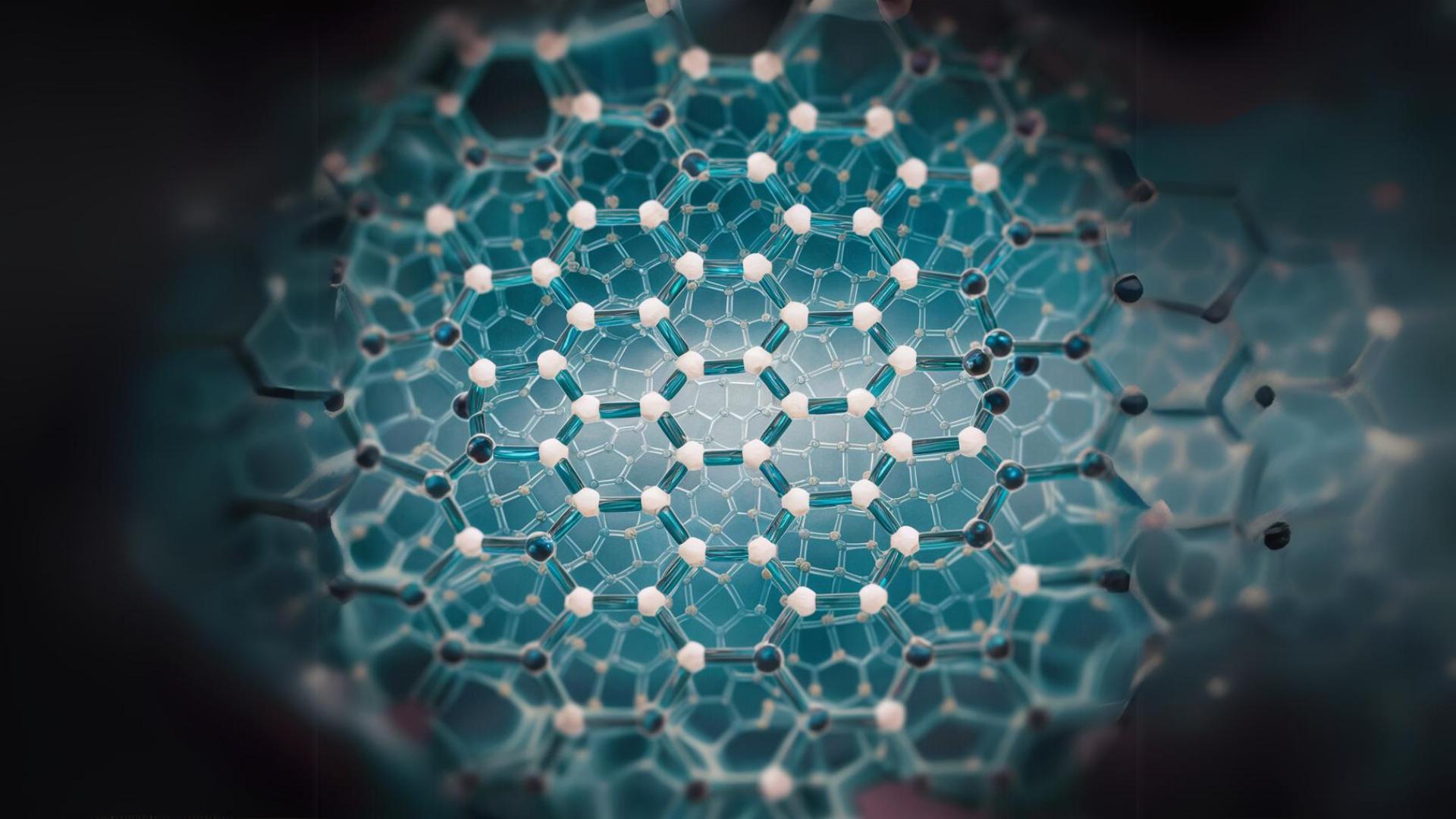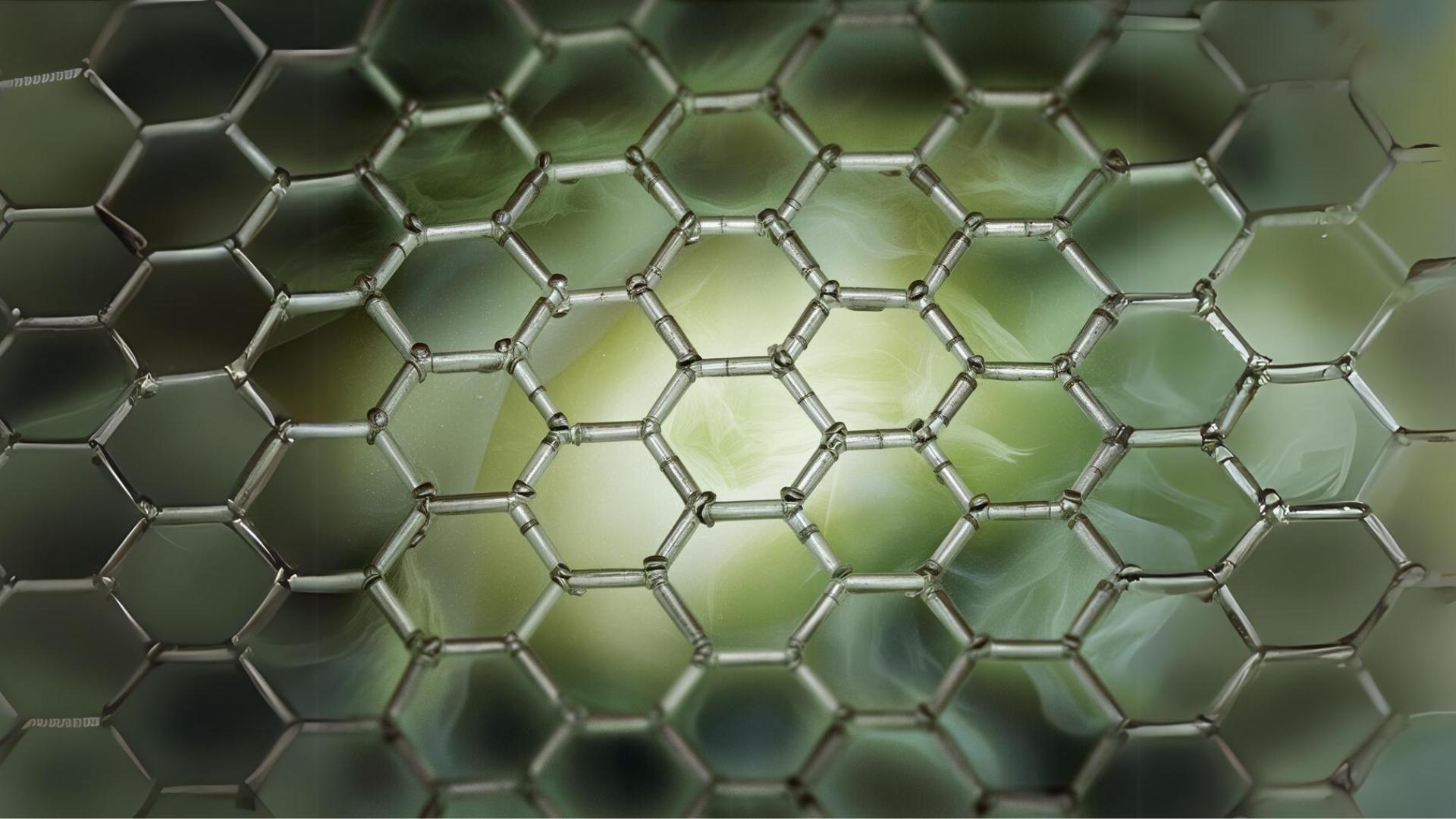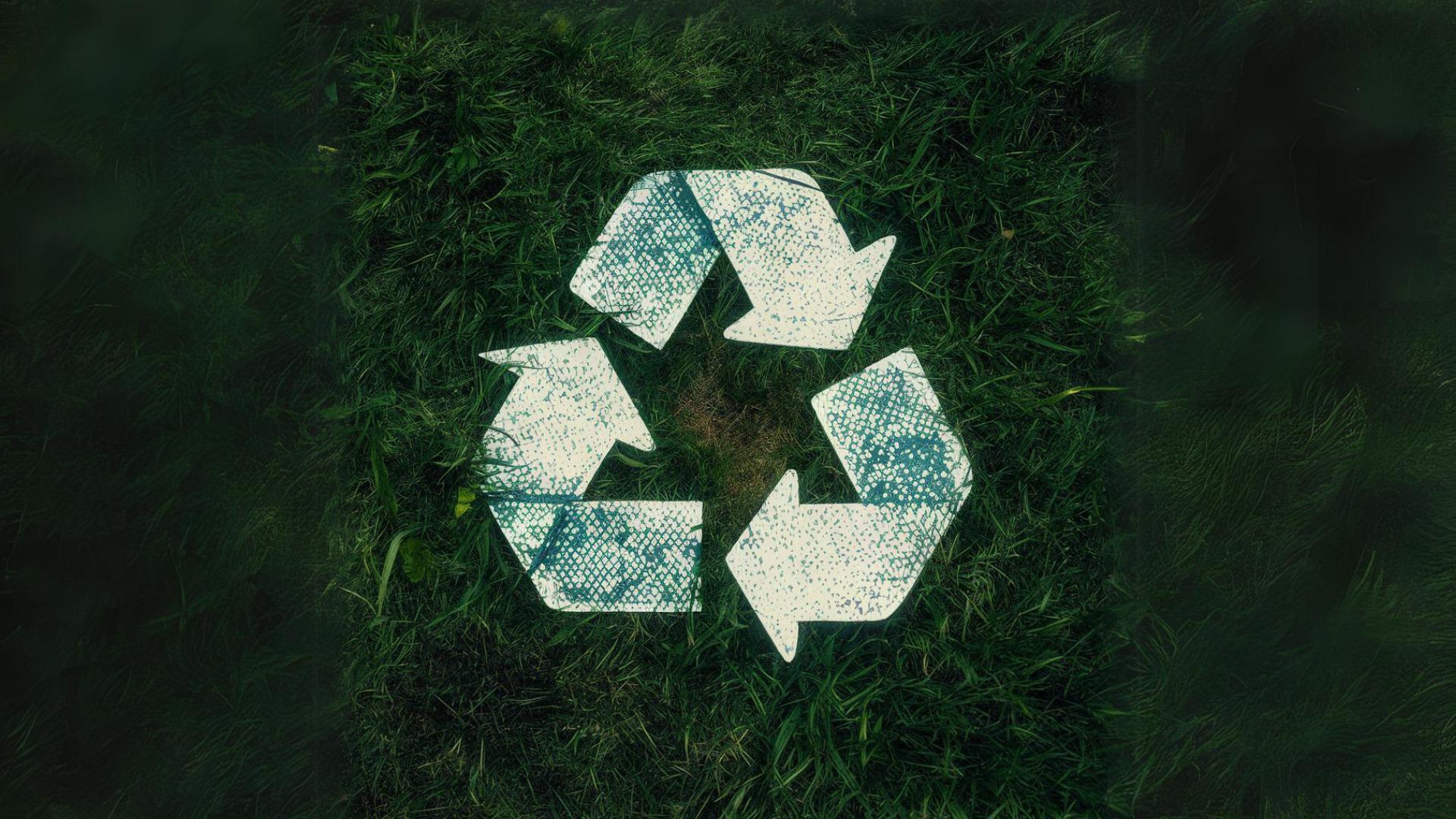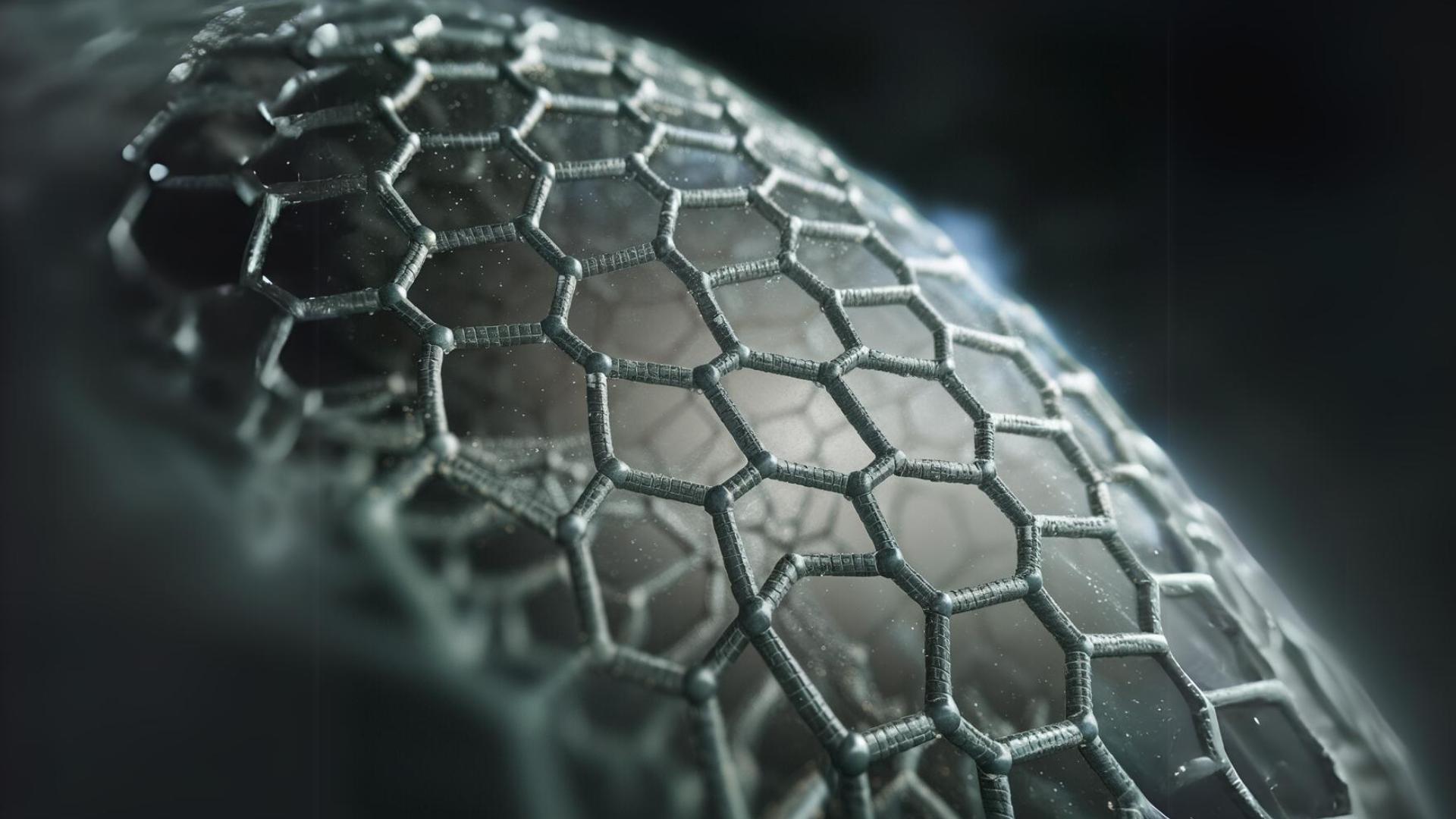A new material has been discovered, one that challenges the limits of what we thought possible. Stronger than diamond, this almost otherworldly substance, known as graphene, is so thin it’s nearly invisible, yet it holds the potential to reshape entire industries.
From revolutionizing the way we build and power our world to unlocking new frontiers in technology and medicine, this mysterious material could be the key to innovations we’ve only dreamed of. As we delve deeper into its secrets, the possibilities seem endless, hinting at a future where the unimaginable becomes reality.
Meet Graphene

Graphene is a fascinating material made entirely of carbon atoms arranged in a super-thin, one-atom-thick sheet. Despite its incredible thinness, it’s stronger than diamond and even 200 times stronger than steel. It’s also lightweight and can conduct electricity much better than most other materials.
What makes graphene truly special is how versatile it is—it can be used in everything from tiny sensors to purify water, to high-tech electronics, and even in building materials. Scientists are excited about its potential because it could lead to stronger, lighter, and more efficient products that could change our everyday lives.
Transparent But Unbreakable

Graphene is almost entirely transparent, despite being just one atom thick. It absorbs only about 2.3% of the light that passes through it, which means it’s nearly invisible.
This unique property, combined with its excellent electrical conductivity, makes graphene an ideal material for use in touchscreens, solar panels, and other devices that need both transparency and conductivity.
How Can Graphene Can Change Our Daily Lives?

Graphene has the potential to change our daily lives in all sorts of exciting ways! Imagine your smartphone being even thinner and more durable, with a touch screen that’s almost invisible yet super responsive—thanks to graphene’s transparency and conductivity.
Solar panels could become more efficient and sleek, helping to power our homes using less space. Even our water could be cleaner, as graphene-based filters could make it easier to purify drinking water.
The Material That Could Replace Silicon and Steel

Graphene could replace materials like silicon in electronics because it conducts electricity faster and more efficiently, leading to better-performing devices.
It might also take the place of steel in construction since it’s much stronger and lighter, allowing for sturdier and lighter buildings. Additionally, its transparency and conductivity make it an excellent alternative to indium tin oxide in touchscreens and solar panels, offering a more durable and flexible solution
Graphene’s Green Potential

Graphene can be beneficial for the environment in several ways. Its strength and lightweight properties allow for the creation of more efficient products, reducing the amount of material needed and lowering carbon emissions during production and transportation. In energy storage, graphene enhances battery performance, leading to longer-lasting batteries that can store renewable energy more effectively, which supports a shift away from fossil fuels.
Additionally, graphene’s excellent filtration properties can improve water purification systems, making it easier to clean contaminated water and provide safe drinking water in areas that need it most. These applications highlight graphene’s potential to contribute to a more sustainable and eco-friendly future.
The Risks of Using Graphene

While graphene has many promising benefits, there are some environmental risks to consider. One concern is that the production of graphene, particularly on a large scale, may involve processes that are not yet fully eco-friendly, potentially leading to harmful emissions or resource consumption. Additionally, if graphene particles are not properly managed, they could enter the environment, where their impact is still not fully understood.
Some studies suggest that these nanoparticles might be toxic to certain ecosystems, particularly if they accumulate in water sources or soil. These risks highlight the need for careful regulation and further research to ensure graphene is used safely and sustainably.
The Challenge of Recycling Graphene

Recycling graphene presents significant challenges, mainly because of its incredibly small size and unique properties. Unlike conventional materials, graphene is only one atom thick, which makes it difficult to recover and recycle using traditional methods.
Additionally, the process of separating graphene from the products it enhances, such as composites or electronic devices, is complex and not yet fully developed.
Graphene vs. Diamond: The Ultimate Showdown of Strength

While diamond is known as one of the hardest materials on Earth, graphene is even stronger in terms of tensile strength. Graphene can withstand forces over 100 times greater than steel, with a tensile strength of around 130 gigapascals, whereas diamond’s tensile strength is much lower, estimated to be around 60 gigapascals.
This means that, despite being only one atom thick, graphene is significantly more resilient under stretching forces than diamond, making it the strongest known material on Earth
The Power of Tomorrow

Graphene is starting to power the technology of tomorrow, showing us just a glimpse of how amazing our future could be.
It’s like we’re stepping into a science fiction story, where the possibilities seem endless and incredibly cool!

